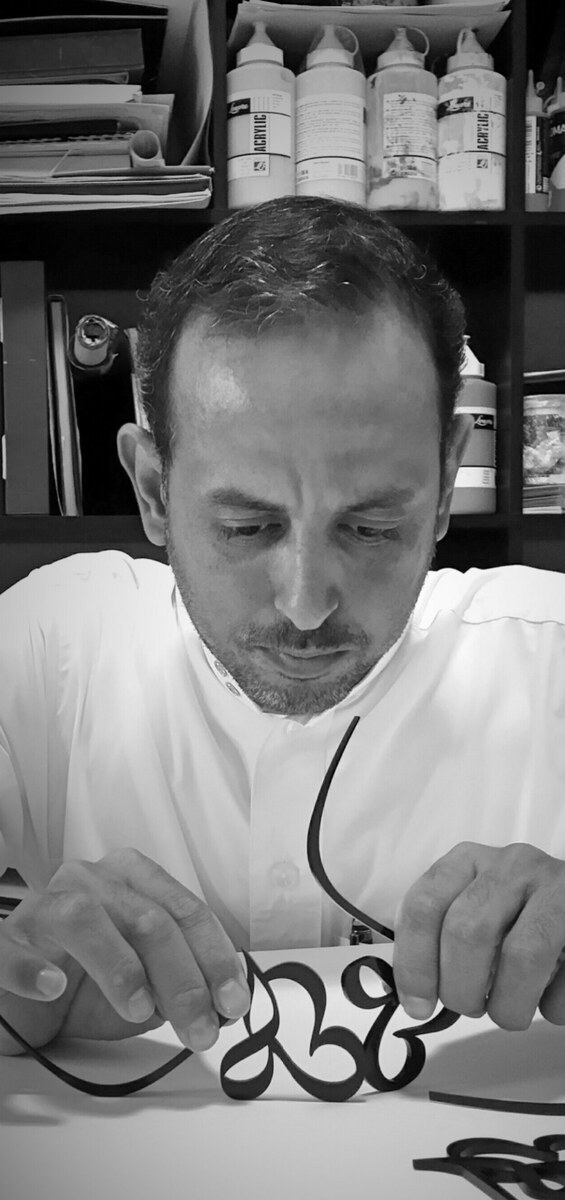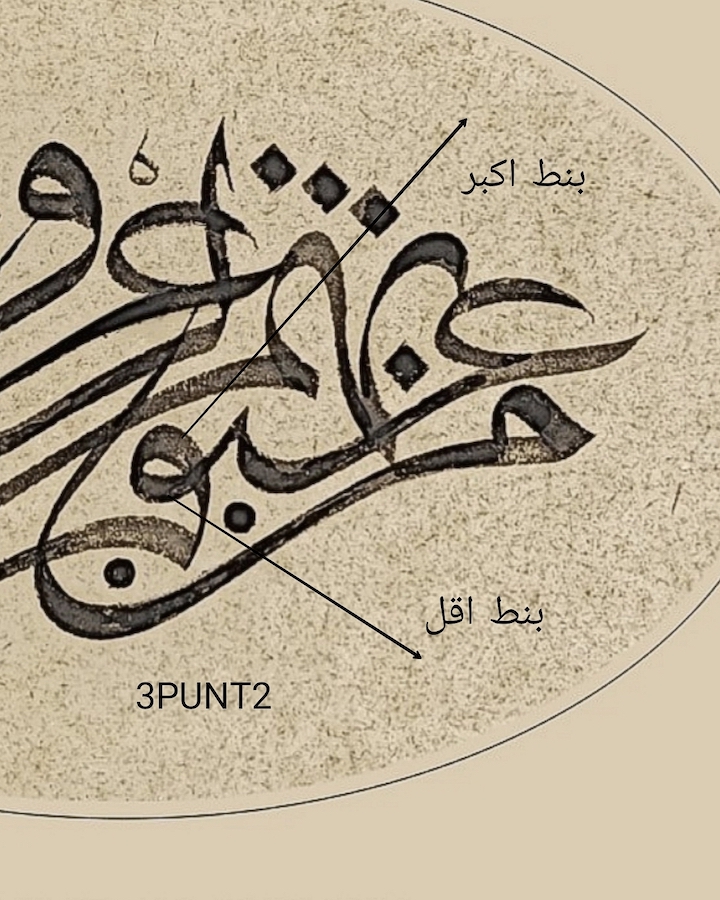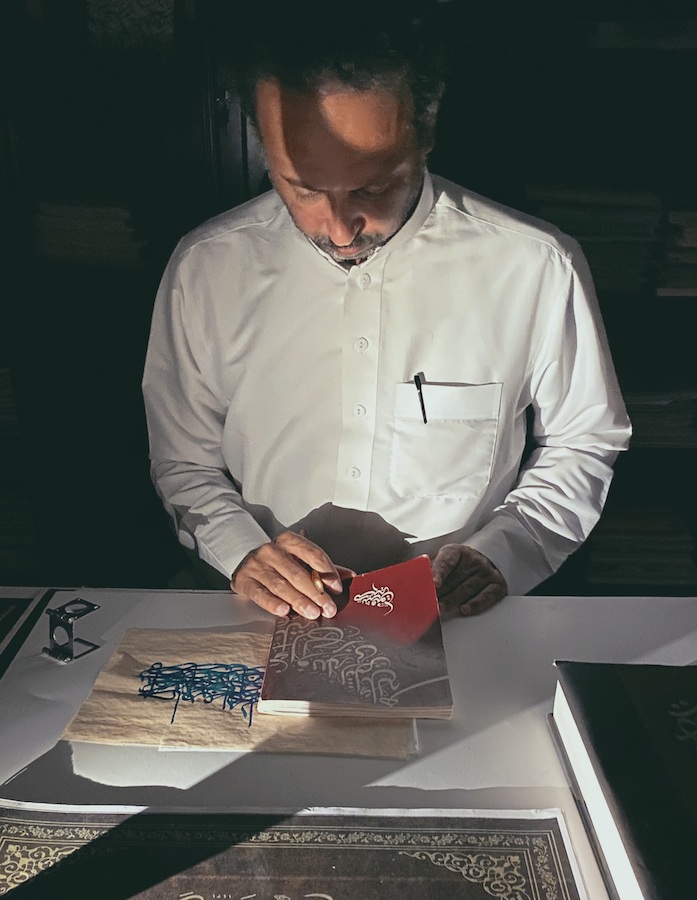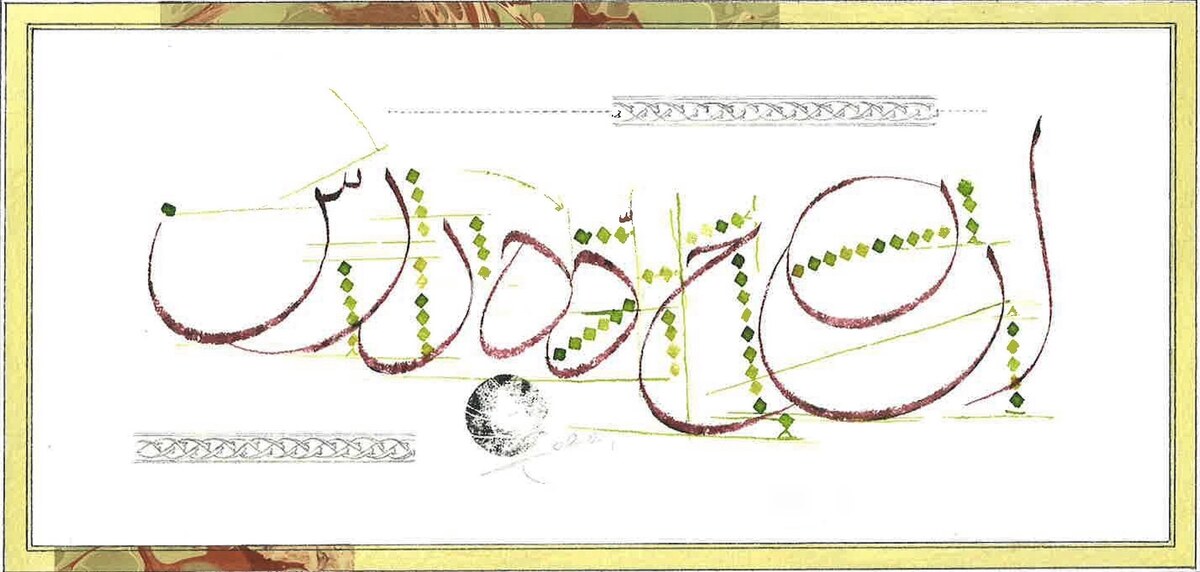DUBAI: A selection of work from the contemporary Saudi Arabian art fair
Abdulhalim Radwi
No retrospective of contemporary Saudi Arabian art would be complete without work from Abdulhalim Radwi. His 1965 exhibition is often credited as the origin of the modern art movement in Saudi Arabia (some historians go even further back, to his 1953 school artwork exhibition) and ushered in a decade or so where most notable Saudi artists were able to stage a solo exhibition of their own, and so became known not only to the public, but to each other, thus helping to establish some kind of collective movement.
Radwi was also one of the first Saudi artists to travel overseas to further his art education — he held a BA degree from the Academy of Fine Arts in Rome. But he remained resolutely connected to his roots and many of his paintings were about life in the Kingdom.
So it makes perfect sense that his work would be prominently featured in “The Saudi Gallery,” the modern art fair — curated by Athr Gallery and featuring work from eight Saudi galleries — that ran in correlation with MISK Art 2018, which took place last week. Pictured here are two of his pieces that formed part of the fair, “Palestine” and “Happiness.”
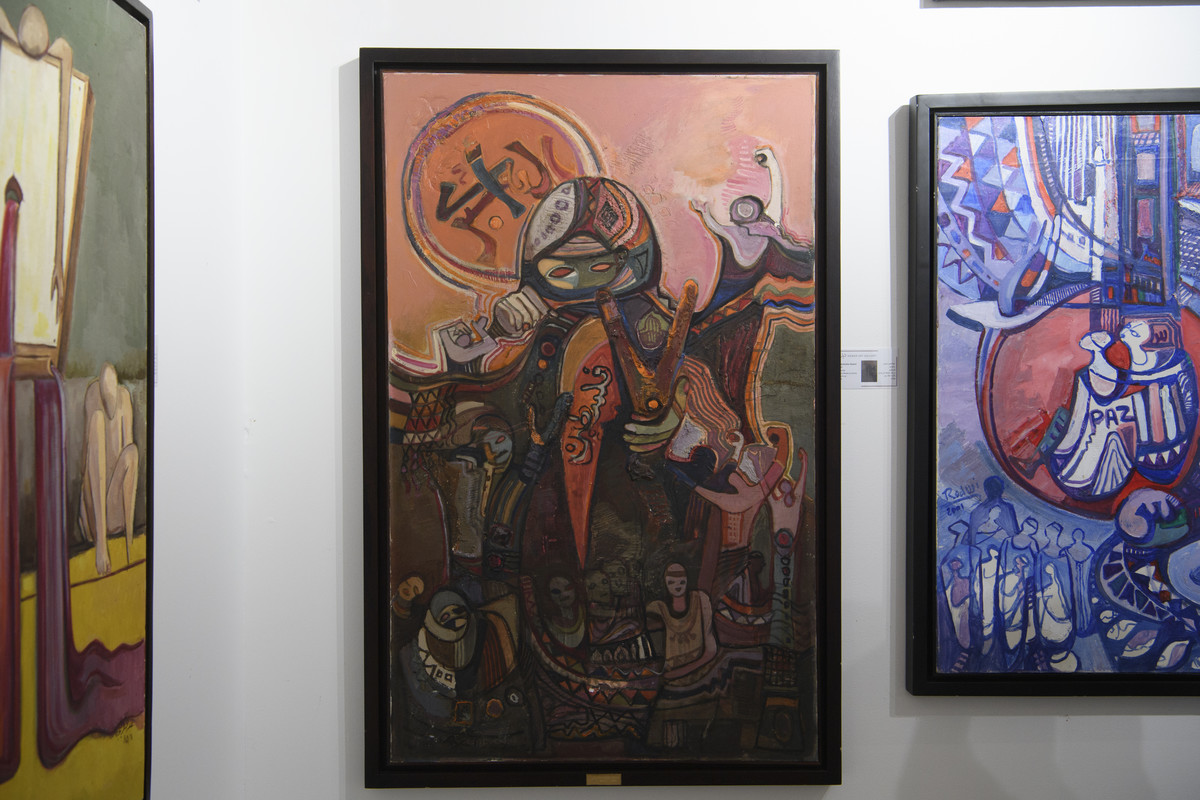
Abdulrahman Al-Sulaiman
Dammam-based artist Abdulrahman Al-Sulaiman, born in Al Ehsa’ in 1954, is one of Saudi Arabia’s most-respected modern artists. He rose to prominence in the 1980s and has been at the forefront of the Kingdom’s contemporary art scene ever since. Al-Sulaiman is a skillful user of subtle contrasts of color and shade and his intricate, ornamental work is often influenced by local culture and literature.

Basmah Felemban
Born in Jeddah in 1993, Basham Felemban she brings a deep knowledge of and affection for Islamic art to her work, but also told Arab News in 2015 that she found inspiration all around her. “I think it’s about being open to learning about everything,” she said. “Inspiration is made of small bits that you collect every day. Once you stop seeking knowledge, you stop getting inspiration. We need to learn to see the truth in things around us so we can learn the truth in ourselves.” Her 2017 work “The Journey in God by God” (shown here) was on display in “The Saudi Gallery.”
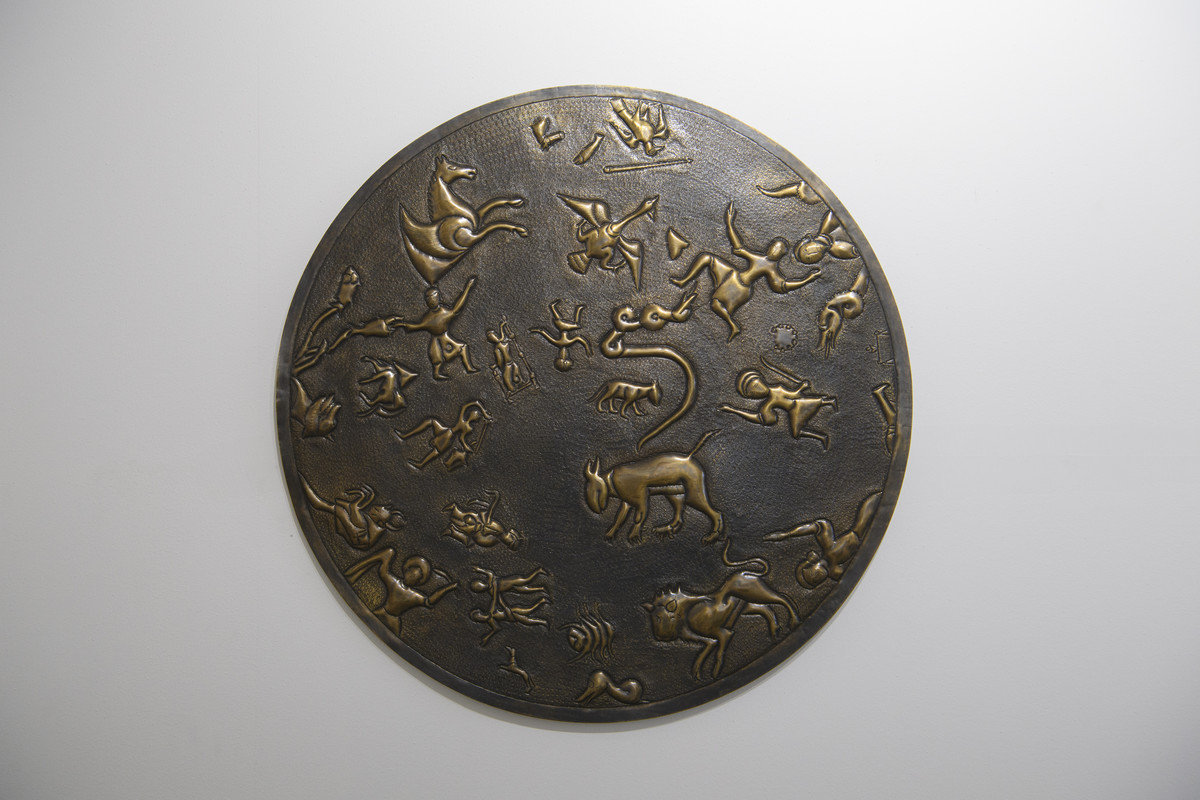
Nasser Al-Turki
The Riyadh-based Nasser Al-Turki is a self-taught artist who only began creating work in his twenties. He is now a prominent member of the Riyadh art movement, which includes peers such as Mohammad Farea. Even now, however, art remains a hobby rather than a career for Al-Turki, who works for Saudi Telecom. He has described his creative process as being akin to “deep meditation” in which he is inspired to mix bold colors to create a sense of happiness in the viewer.
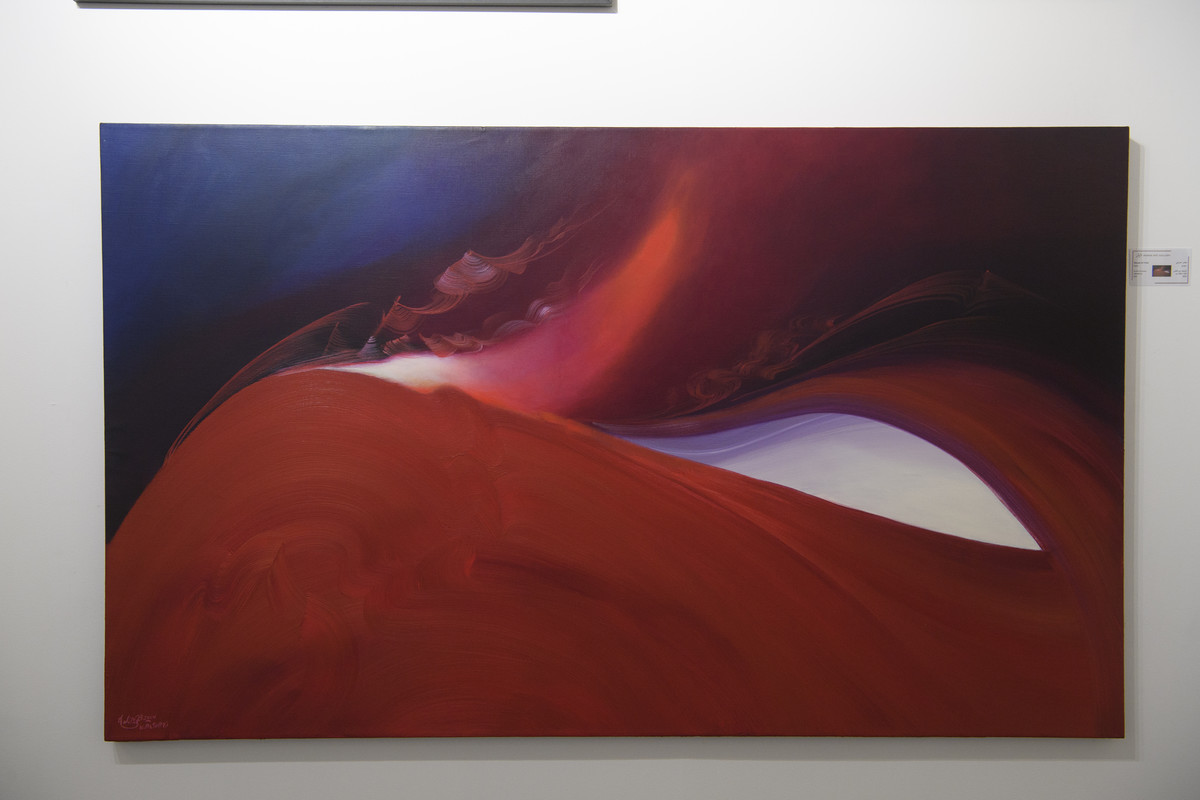
Jassim Al-Dhamin
Al-Dhamin was born on Tarout Island in 1988. He is part of the Qatif Artists Group. His award-winning work is inspired by his passion for colors and he has been painting since his early childhood. His 2017 work “A Love Bullet” was on display at “The Saudi Gallery.” Writing about the piece on Facebook, Al-Dhamin said, “When you’re weak, you cling to anything that gives you strength.”

Taha Sabban
The Makkah-born Sabban is a friend and follower of Abdulhalim Radwi and has said he will “always be in debt” to his mentor for his advice and support. Radwi included Sabban’s early work in one of the first exhibitions at the Jeddah Center of Fine Arts — something Sabban says gave him great confidence in his own ability as an artist. However, it wasn’t until he traveled to Britain that he really began to consider art as a viable career. He often draws inspiration, he has said, from Arabian architecture, from the cities of Jeddah and Makkah, but also from the sea.
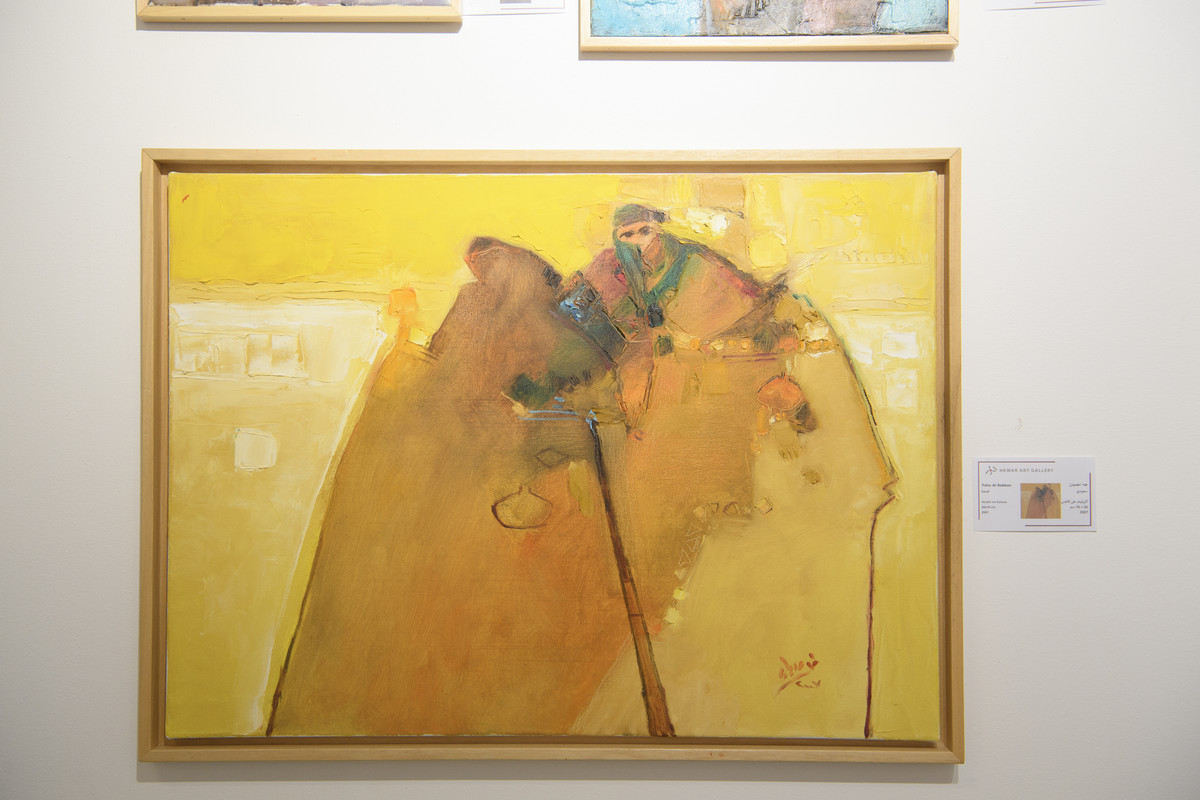
Zeinab Al-Mahoozi
Qatif-based Al-Mahoozi often uses her murals and stencilled graffiti to tackle social issues, particularly women’s rights. She is part of a growing movement of young female Khaleeji artists who see art as a powerful opportunity to make a statement about their society. Al-Mahoozi’s, “Panadol of the Soul,” created this year, was on display at “The Saudi Gallery.”







